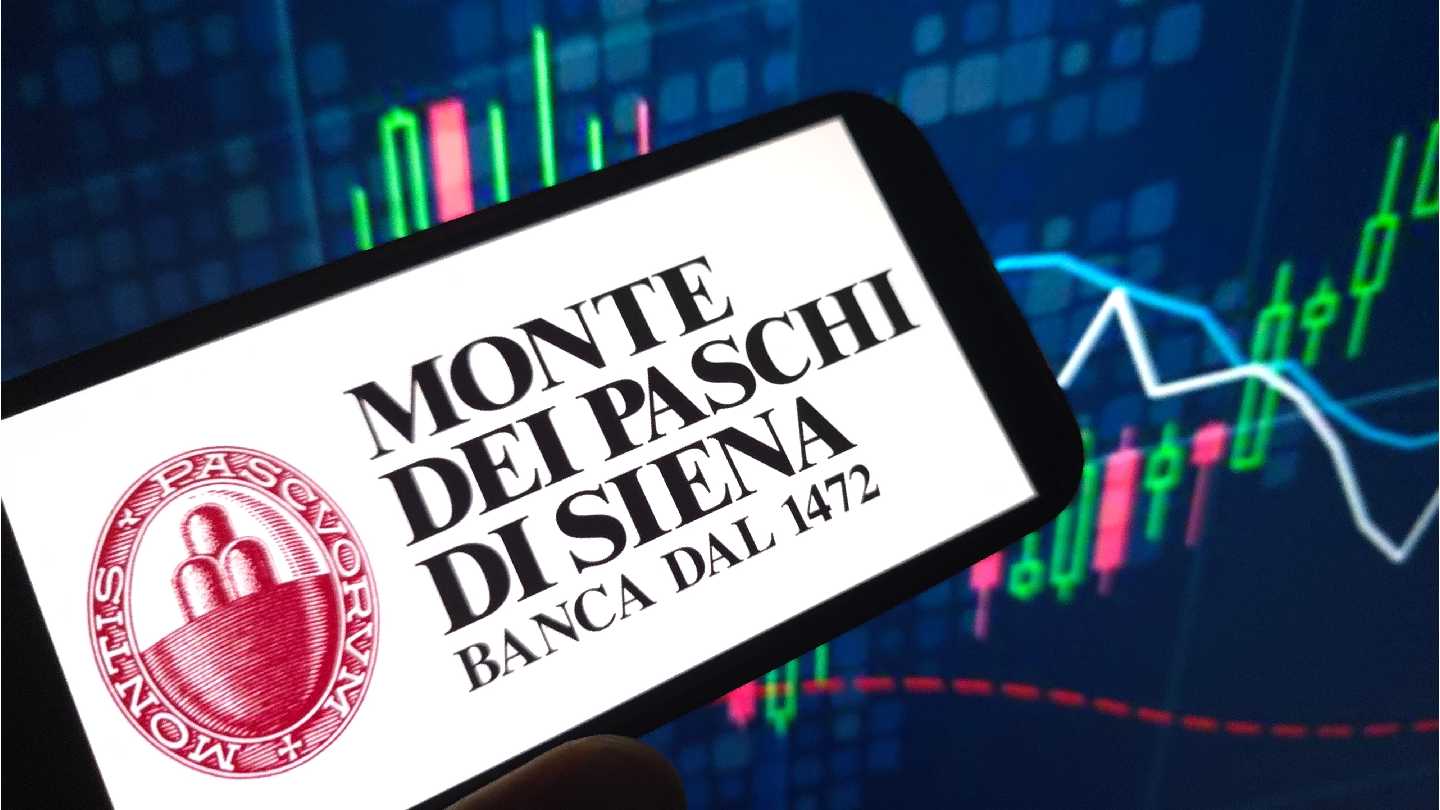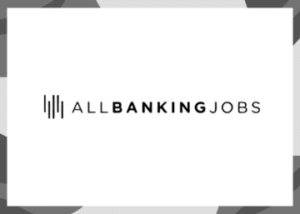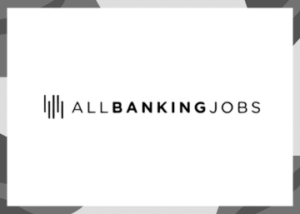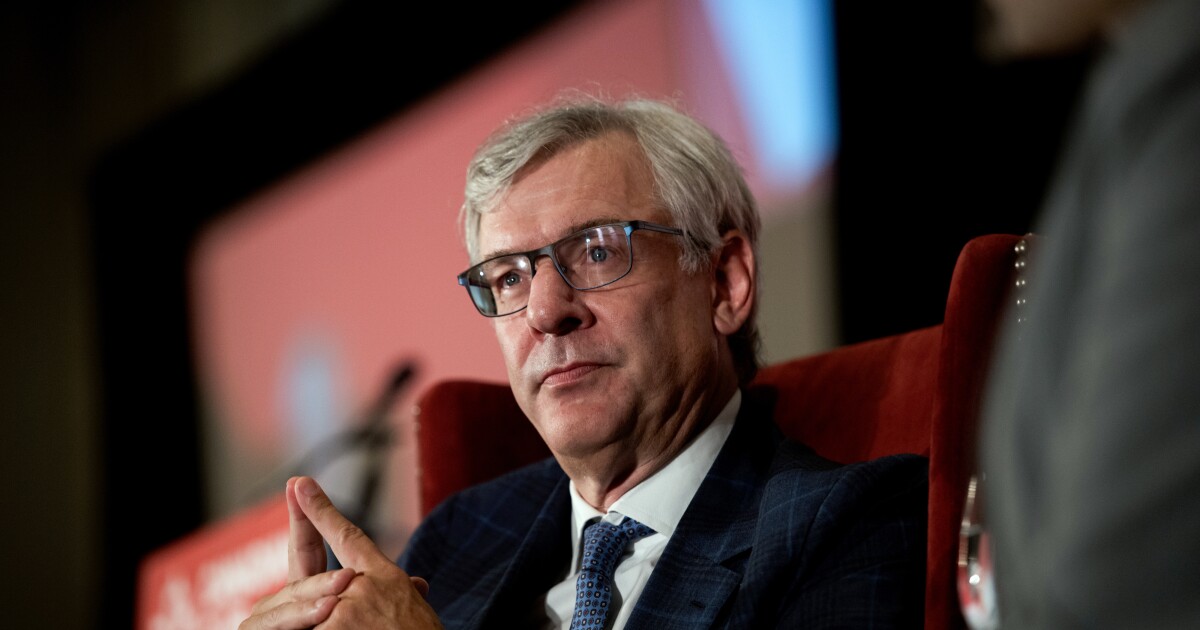Banks Lowering Interest Rates on Deposit Accounts
As we approach earnings season, a significant question looms over the banking industry: How quickly and to what extent will banks’ deposit costs fall? According to data from September, most banks are eager to reduce the rates they pay to savers, primarily driven by the recent resumption of interest rate cuts by the Federal Reserve. However, there may be outliers willing to pay higher rates for funding, seeing potential opportunities for loan growth.
Research from CD Valet, a company tracking rates across the industry, indicates that 91% of rate changes on certificates of deposit (CDs) at banks and credit unions in September were decreases. The number of rate reductions quadrupled compared to August, with the average drop being 25 basis points, mirroring the Fed’s mid-September adjustment.
A Shift in Interest Rates: The Driving Factors
John Blizzard, the founder of CD Valet and the president and CEO of Seattle Bank, suggests that banks are eager for rates to decline. “Banks are dying to see rates go down,” Blizzard said. “I think you’re going to see banks aggressively moving their rates lower.”
Interest rates have been a contentious issue for banks since the Federal Reserve’s prompt rate hikes in 2022, intended to control post-pandemic inflation. In response, many banks increased interest on savings accounts and CDs, primarily those with shorter terms, due to industry competition. However, after three rate cuts last year and subsequent inaction until mid-September, the Federal Open Market Committee (FOMC) approved a quarter-percentage point reduction, with expectations of two more cuts before the year-end.
The Impact on Banks
Adam Stockton, a managing director at the consulting firm Curinos, notes that banks have been actively reducing interest rates across all business lines this year, aiming to decrease their funding costs. Deposit costs are a significant factor impacting banks’ net interest margins – a crucial profitability measure comparing interest paid out to interest received.
About half of the 1,000-plus banks that Curinos tracks lowered their interest rates on CDs and high-yield savings accounts in September, with an average reduction of around 10 basis points. Stockton anticipates more aggressive pricing from banks in the coming months, given market expectations of further rate reductions. “Until loan growth really comes back in a more significant way, what we’re hearing from banks is that there’s more of a focus on cost and efficiency as opposed to deposit growth,” he said.
Consumer Response and Future Implications
Deposit-rate tracker and co-founder of DepositQuest.com, Ken Tumin, estimates that at least 25% of online banks have cut the interest rates they pay on high-yield savings accounts and CDs since the Fed’s last cut. However, some banks may maintain or increase their rates to attract more deposits, potentially to fund loan growth. “If a bank is hungry for deposits and everyone is lowering rates, it can be a great time to go out and offer something higher,” Blizzard noted.
Despite the expectations of lower deposit costs, some analysts, including those at Morgan Stanley, caution that banks’ net interest margin expansion could be hindered by accelerated loan growth and increased competition for deposits.
One thing is clear: today’s consumers are more informed about deposit rates than they were a few years ago. This awareness might influence how quickly banks can decrease rates. “I think this spurt of high interest rates, after so many years where rates were so low, has helped get a lot of consumers’ attention to the rates being offered,” Tumin said. “And I think that will keep them on the lookout for rate opportunities.”
As the future of rate cuts unfolds, the banking industry is bracing itself for the changes and challenges ahead. For more on deposit rates, visit https://www.americanbanker.com/tag/deposits.
Source: Here






